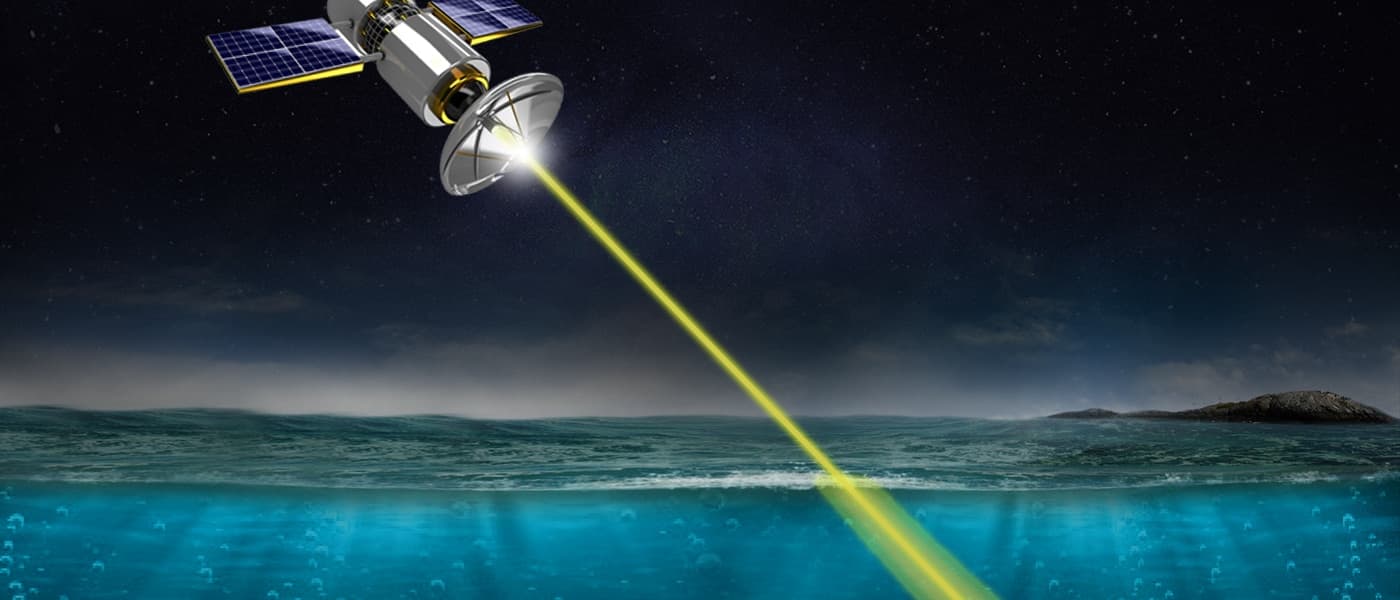Looking Down From Space
Back in 2006, NASA launched the Cloud-Aerosol Lidar and Infrared Pathfinder Satellite Observations (CALIPSO) to study the role of clouds and atmospheric aerosols in regulating the planet’s climate, weather, and overall air quality. One of the instruments on board, the CALIOP (Cloud-Aerosol Lidar with Orthogonal Polarization), is an autonomous light detection and ranging (lidar) instrument designed to measure phytoplankton in polar regions.
Previous satellites monitored phytoplankton based on sunlight reflected from the ocean surface out into space—which posed a problem when observing ocean surfaces close to the poles due to limited sunlight and persistent clouds. The CALIOP, on the other hand, bypassed these hurdles since it uses lasers to take measurements.
Thanks to the satellite, NASA found that the small changes in polar food webs influence the "boom-and-bust cycles," or peak and decline, of phytoplankton over time. According to NASA, "these findings will supply important data for ecosystem management, commercial fisheries and our understanding of the interactions between Earth’s climate and key ocean ecosystems."
“It’s really important for us to understand what controls these boom-and-bust cycles, and how they might change in the future so we can better evaluate the implications on all other parts of the food web,” said Michael Behrenfeld, a marine plankton expert at Oregon State University in Corvallis.
Why Study Phytoplankton?
Despite their microscopic size, plankton play a huge role in the ecosystem. According to the National Oceanic and Atmospheric Association (NOAA):
Photosynthesis by the phytoplankton accounts for up to half of global primary production. They also provide the primary food source for the zooplankton, and together form the base of the oceanic food chain. Larger and larger zooplankton, fish, and mammals depend on these plankton for their survival. Tying it all together, the bacterioplankton play an important role in the recycling and remineralization of materials and energy within the food chain.
While plankton's role in the food chain is common knowledge, these microscopic organisms have more to do with the ecosystem beyond being a source of food. Studies outline their effect on climate change—which perfectly aligns with the CALIPSO’s main directive. They influence Earth's carbon cycle by absorbing carbon dioxide through photosynthesis.
Further, the study also revealed that a constant push and pull between predator and prey is to blame for the change in Arctic plankton stocks over the last 10 years. In the Southern Ocean around Antarctica, though, changes in the ice cover were more important to phytoplankton population changes.
“The take home message is that if we want to understand the biological food web and production of the polar systems as a whole, we have to focus both on changes in ice cover and changes in the ecosystems that regulate this delicate balance between predators and prey,” said Behrenfeld.
Share This Article
